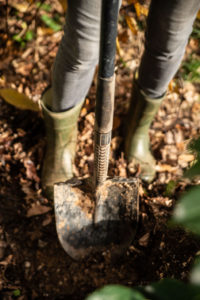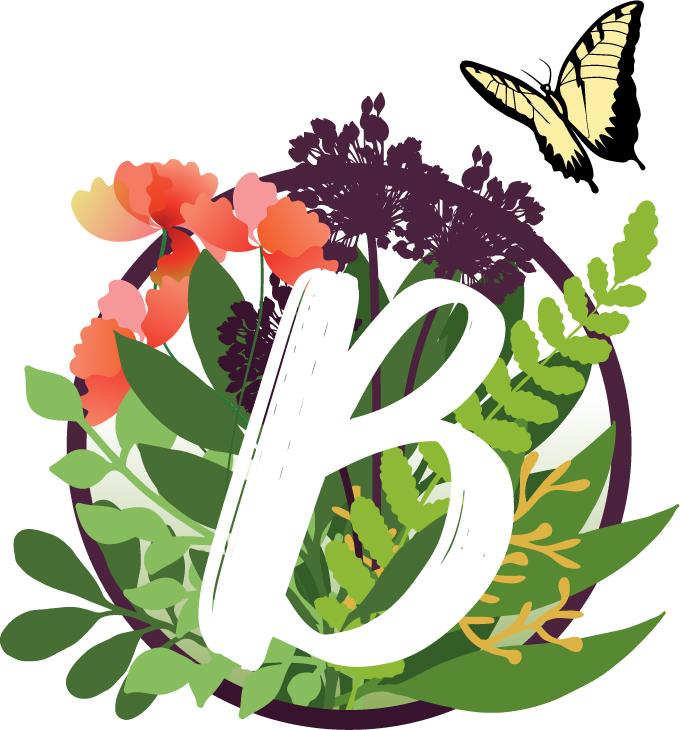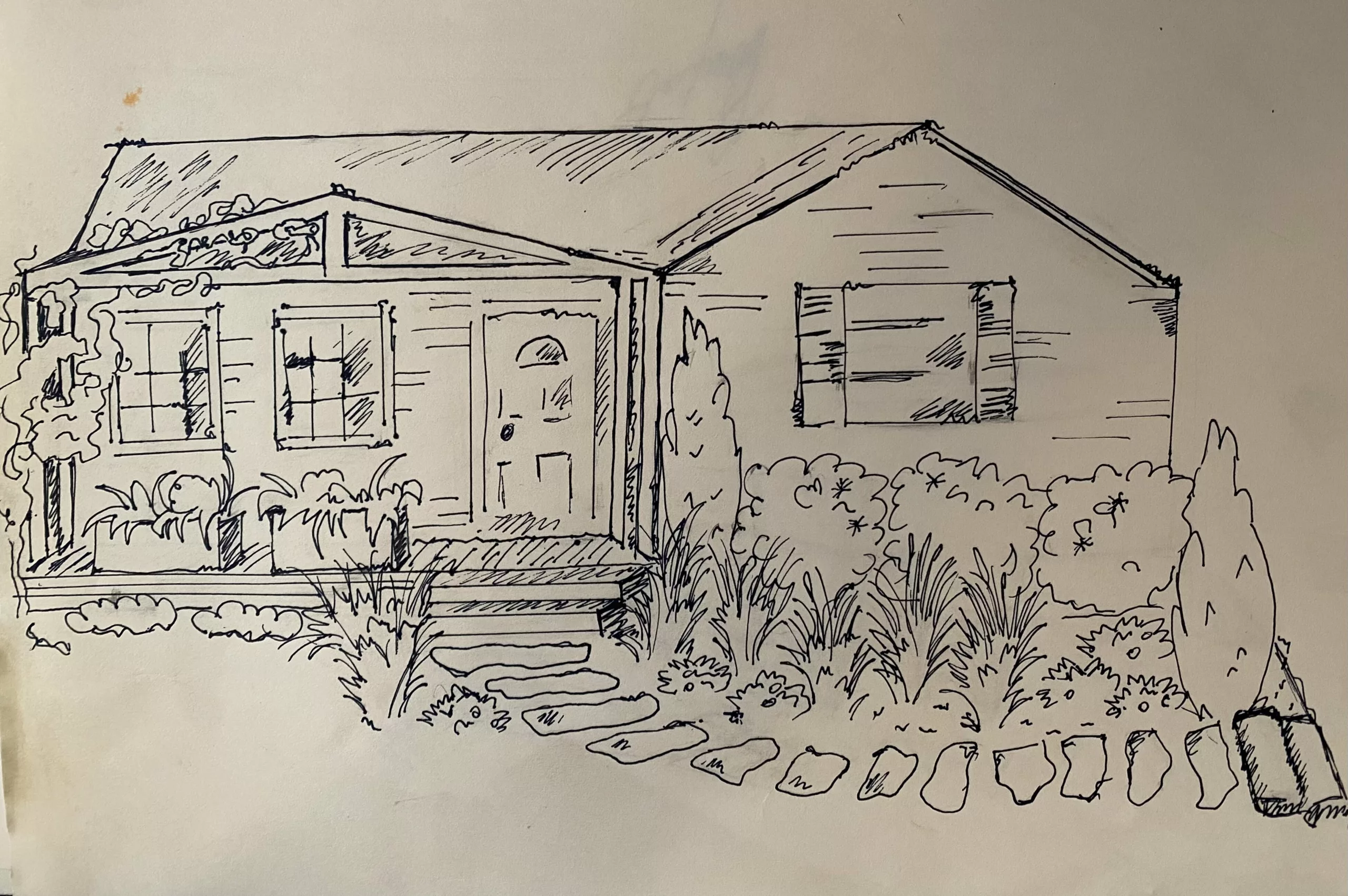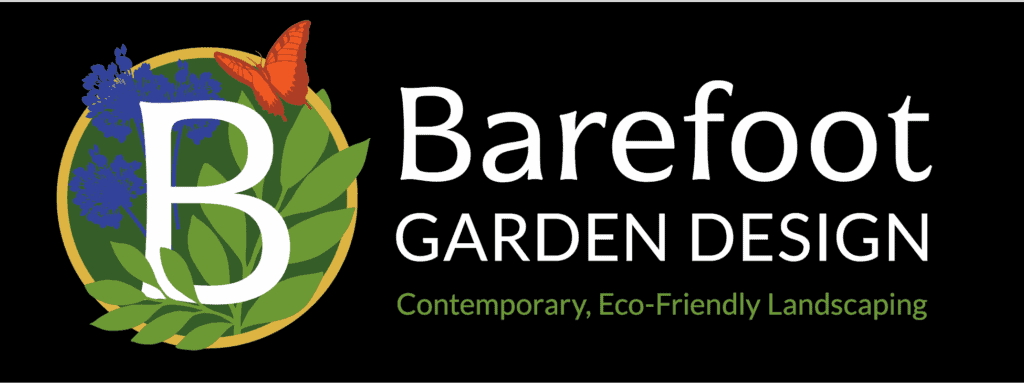When it comes time to improve soil in your garden beds, most retailers have plenty of pricey hacks. But buying pre-made potting mixes to fill up a garden bed can be costly, and short-lived. Oftentimes, plants use most of those nutrients in a single season and need more next year, costing you another pretty penny. However, if you’re willing to spend a little time, there are more sustainable and affordable ways to make soil fertile naturally, without stressing your budget. Here are three of our favorite tricks for how to enrich poor soil and improve garden beds, all without breaking the bank:

-
Create Deep Garden Beds
If you’re building raised beds, make sure the bed depth is 12-24 inches, depending on your plants. Depth creates room to mix different soil layers, providing a healthy mixture of nutrients, textures, and moisture.
In-ground beds are a bit different. If you are still preparing the beds, consider digging down a few inches before you build up. You’ll be able to create various layers to improve drainage and nourishment. If your beds are already built, check out our post on the unexpected benefits of mulching for bed-building ideas!
2. Add Local Soil
Add a little bulk to your beds with an inch or so of your own yard’s soil. No matter how poor your native soil may be, it has the perfect microbial cocktail for your plants. Adding a thin layer helps ensure the nutrients in our beds break down and nourish the garden topsoil. Native microbes may also help your plants “keep-in-touch” with their climate and environment.
Local soil also adds more texture to your garden. Most plants prefer soils with a variety of textures, not just humus and silt. Mixing in local clay or sandy soils can give your beds an extra “umph”—texturally speaking!
3. Improve Soil by Adding Local Mulch
‘Local mulch’ means any twigs, sticks, leaf litter, or other decaying plant material which you can find around your yard. (Or your neighbors’ yard!) Spread 4-6 inches thick, this makes an excellent base layer for garden beds. It protects soil nutrients from evaporating and aerates the base of the bed, which combats soil compaction. (i.e., ensures roots can move through the soil!)
Local mulch is made of larger materials which do not pack together, allowing plant roots to grow deep. Deeper root systems gather more nutrients, and protect plants from wind and rain damage. These larger soil particles also prevent stagnant water in the garden by giving water and small soil particles room to move.
Perhaps the best part, over time local mulch turns bad soil into good garden soil. Other mulches, such as cedar chips, break down too quickly for any real nutrition benefits, but local mulch breaks down slowly, increasing the nutrition in your soil. Slow decomposition invites a rich, and vital, microbial community into your garden.
[For more information on the importance of soil microbes, check out our post on how root systems work!]
Bottom Line: One of the beauties of gardening is bringing us closer to nature, and experimenting with how we prepare garden soil is a great way to do that! There is no magic bullet for creating the perfect garden bed. It takes time and experimenting to find out what soil works best for your plants, and your climate—and it doesn’t have to cost a fortune!

Have you tried any of these methods before? Do you have your own creative solutions for amending garden beds? Please share it in our comments on social how you enrich your garden soil!







